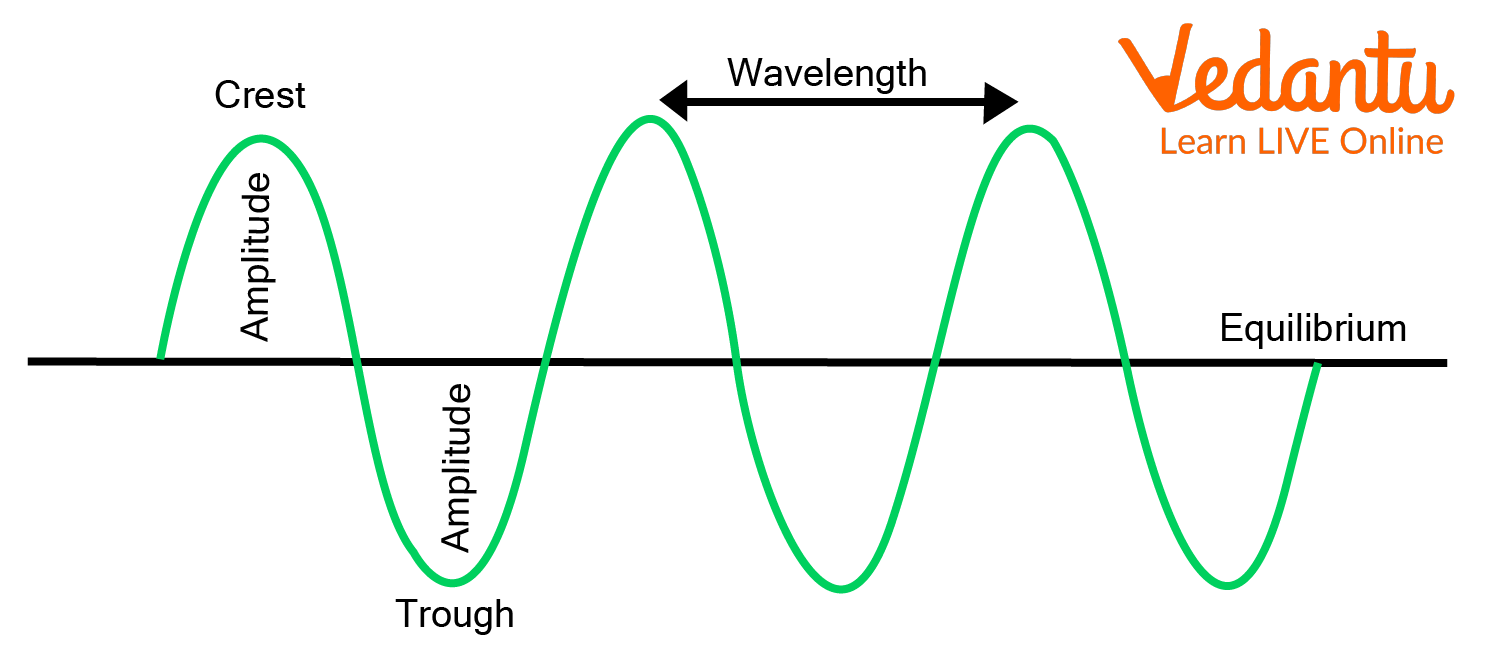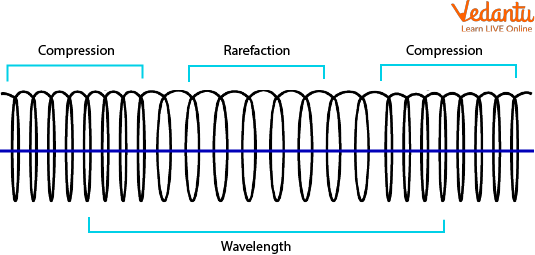




What is a Rest Position?
Rest position can be described just as, “The Constant stance position of the mandible”. The resting position of the mandible was defined by Wallish in 1906. As stated by him, the rest position was the position of the mandible where all strength sections are removed.
It has been declared that the mandibular rest position is automatically fixed. There are many factors that may influence the resting position of the mandible. It involves the lips, cheeks, tongue, teeth, dentures, head posture, body posture, neck muscles, breathing demands, emotional stress, drug therapy, age, and time of the day.
Rest Position of a Wave
The rest position of a wave is that position in which the wave would settle down if there was no distraction moving through it, which is occasionally called the balance position. The magnitude of a wave is estimated as the space from the highest point of a wave to its balance position or rest position. The rest position can be thought of as the mean line into and out of a wave.

A Wave
The rest position of a transverse wave, which is called the balance point, is the position where the wave settles down when there is no power being carried through it. For example, rope, the rest position would be the position of the rope when it is extended out and no waves are working through it, which is a linear line from one end to the other.
A transverse wave can be generated and noticed by extending out a rope and clicking one end so that a wave works through the whole rope to the other end.
Resting Position of the Medium
The resting position of the medium is where the particles are in an undisturbed position (a state of rest) when they are not vibrating. Solid, liquid, and gas are the three mediums through that waves can progress the whole time. Vacuum is not specifically considered to be a medium. Mechanical waves can only progress through a medium, as they need a medium to generate. Sound and water are mechanical waves. A mechanical wave is a wave that is ineligible to transmit its energy through a vacuum. Mechanical waves stand in a need of medium to transfer their energy from one location to another location. This is the resting point definition.
Which Type of Wave Does Not Have a Crest?
Wave Medium Definition
The medium that carries a wave (or disturbance) from one place to another is known as a wave medium. The wave medium just conveys or transports the wave from its source to other sites; it neither creates nor is the wave.
Examples of wave medium: Ocean waves travel through water. Sound waves travel through the air, which is how we hear them. The medium of light is the electric and magnetic fields.
A longitudinal wave does not have a crest. Its wavelength can always be intended by estimating the length between two correlated points on adjoining waves. In a longitudinal wave, the medium works in the same regulation regarding the wave. At this place, the motion of the molecules is from left to right and forces other molecules to shake. Sound waves are longitudinal waves, which travel through the air. Longitudinal waves contain abbreviations and absolutions.

A Longitudinal Wave
In a longitudinal wave, the movement of the molecules happens side by side to the direction the waves travel. The subdivision of longitudinal waves does not take place. This wave acts in a single size.
The Highest Part of a Wave
The highest part of a wave is called the Crest. The trough is called the lowest part of a wave. A crest is an object that is situated at the top of something. A crest is a symbol or design used to represent a family, group, or organization. The crest is a transverse wave. An example of Crest is water stretching out to its highest level in steam. A Crest is a point on a wave with the greatest value of upward displacement within a cycle. A crest is a point on a plane surface wave where the movement of the medium is greatest.
Summary
In this article, we studied the definition of the rest position. Rest position is defined as zero work done at that particular time. It means that a particular person is inactive at that time. We have also learned the medium of the wave, the highest part of the wave, and which type of wave doesn't have a Crest. The crest is called to the highest part of a wave and the trough is called to the lower part. A wavelength has amplitude (height of the wave) along with trough and crest.
FAQs on Rest Position of a Wave
1. What is the rest position of a wave?
The rest position, also known as the equilibrium position, is the state of the medium before a wave passes through it. It is the baseline or undisturbed level from which the wave's oscillations are measured. For example, the flat, calm surface of a pond before a stone is dropped in is its rest position.
2. Can you give a simple example of a wave's rest position?
A perfect example is a guitar string. Before it is plucked, the string is straight and motionless; this is its rest position. When plucked, it vibrates up and down, moving away from and back to this central rest position to create sound waves. Another example is a long rope pulled taut on the ground, which is at its rest position until you shake one end to create a wave.
3. How is the rest position related to a wave's amplitude and crest?
The rest position is the fundamental reference point for measuring other wave properties. The amplitude is the maximum distance a particle in the medium moves from its rest position. The crest is the highest point of the wave, representing the peak of this maximum upward displacement, while the trough is the lowest point. Without the rest position as a zero line, you cannot determine the amplitude.
4. How is the rest position represented on a diagram of a wave?
In a standard diagram of a transverse wave, the rest position is shown as the central horizontal line (often the x-axis). The wave itself is drawn oscillating above and below this line. The parts of the wave above the line are crests, and the parts below are troughs. This line represents the medium's state of equilibrium.
5. Why is it important to understand the concept of a rest position in science?
Understanding the rest position is crucial because it acts as a baseline for defining and quantifying a wave's most important characteristics. It allows us to measure:
- Amplitude: The wave's energy and intensity.
- Crest and Trough: The highest and lowest points of the wave's cycle.
- Displacement: The position of any particle at a given moment relative to its equilibrium.
6. Do the particles of the medium stop at the rest position when a wave passes through?
No, the particles of the medium do not permanently stop at the rest position while the wave is passing. They continuously oscillate around the rest position. A wave transfers energy, not matter. This means each particle moves away from and returns to its rest position, passing that energy along to the next particle. Once the wave has completely passed, the particles will eventually settle back into their original rest position.
7. For a mechanical wave to exist, what role does the rest position play?
A mechanical wave is a disturbance that travels through a medium. For this to happen, the medium must have a stable equilibrium or rest position to which its particles can return after being disturbed. This property, called elasticity, allows the particles to oscillate. The wave's energy is propagated as each particle pulls or pushes the next one away from its rest position, creating a chain reaction.









